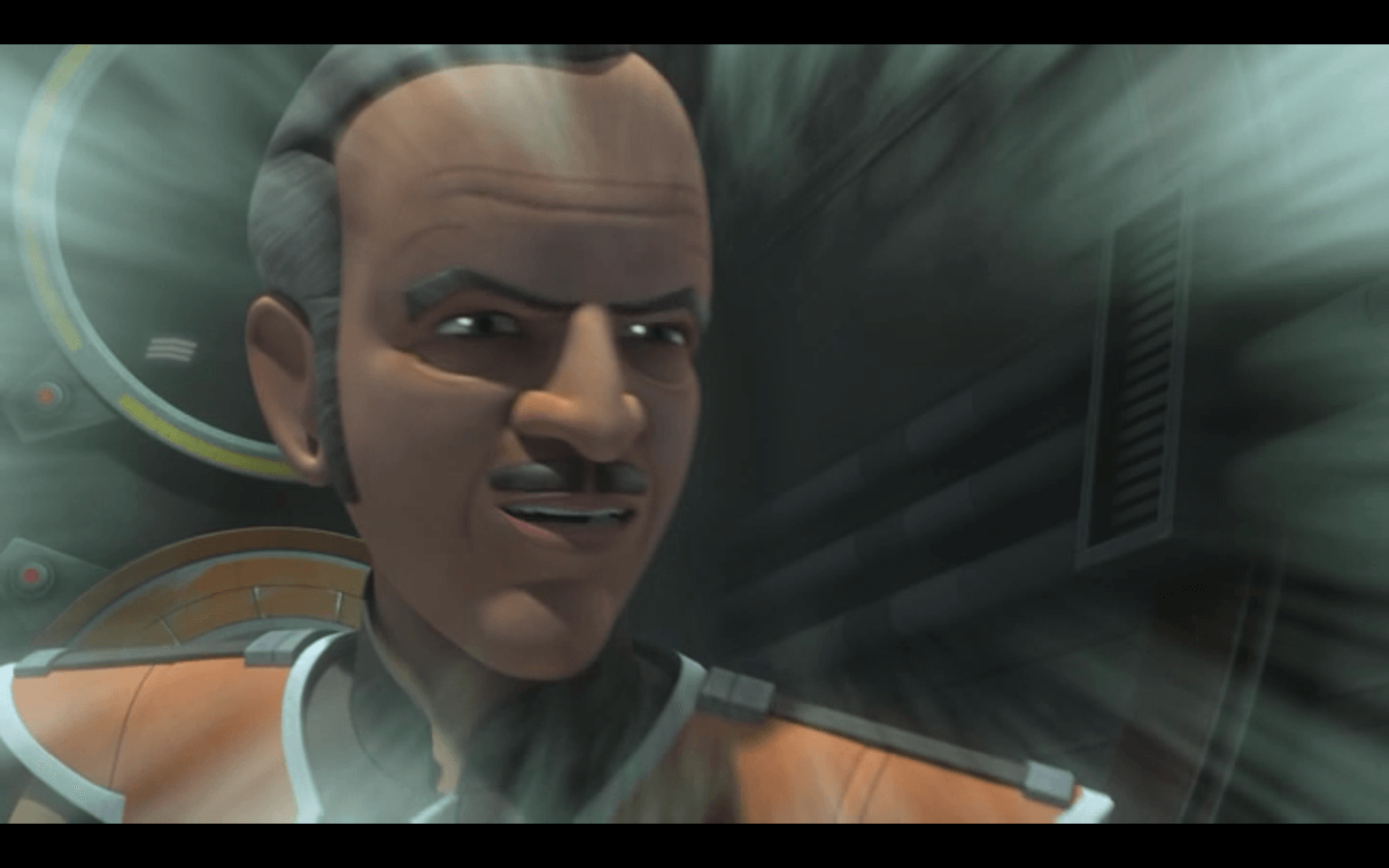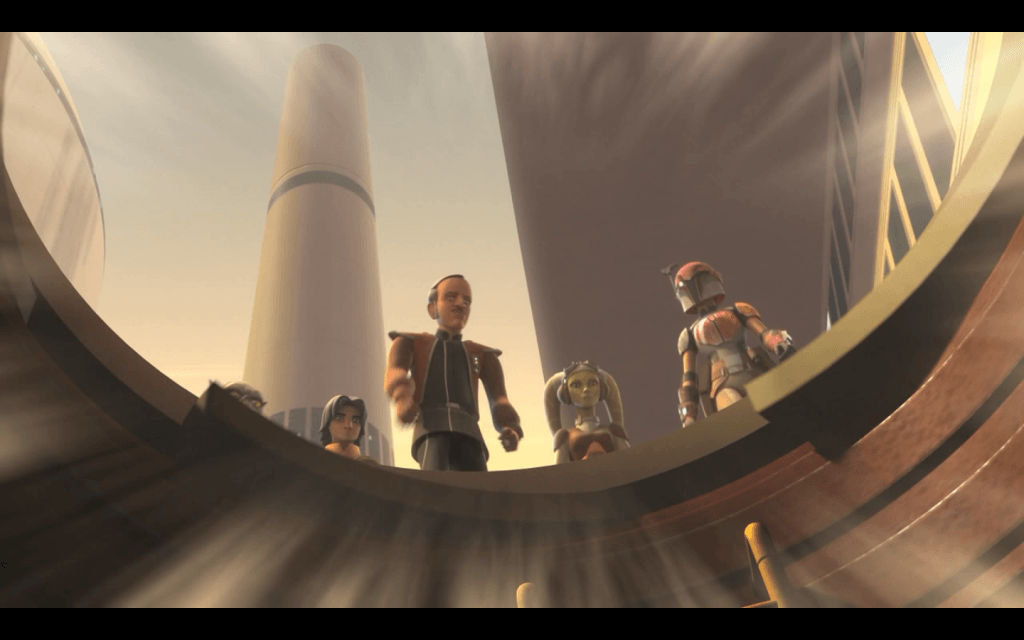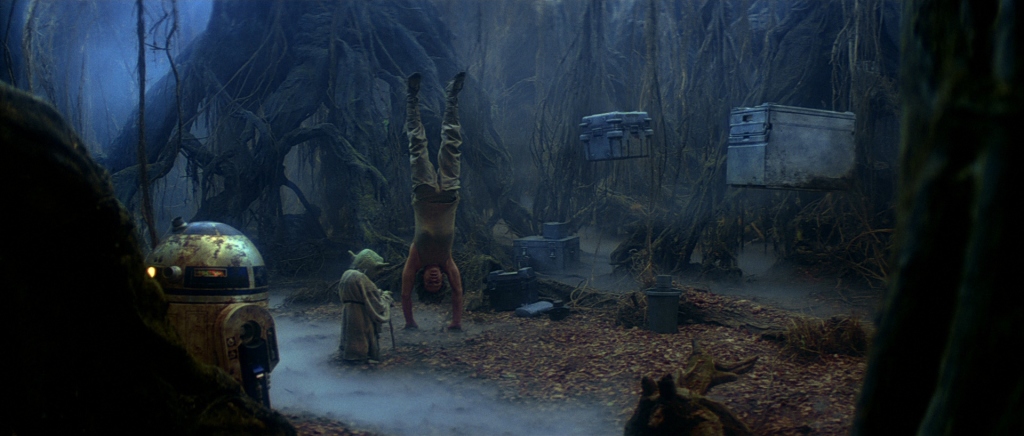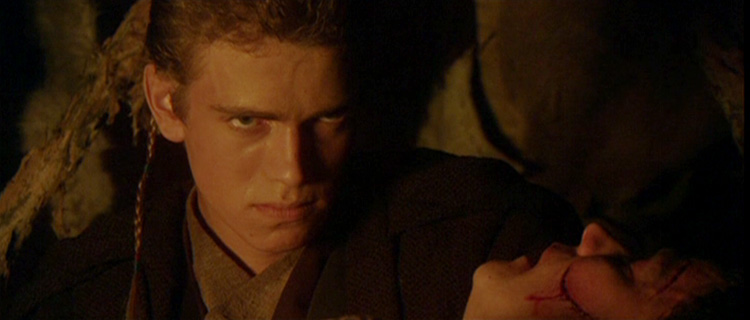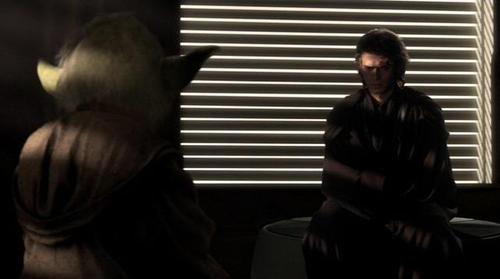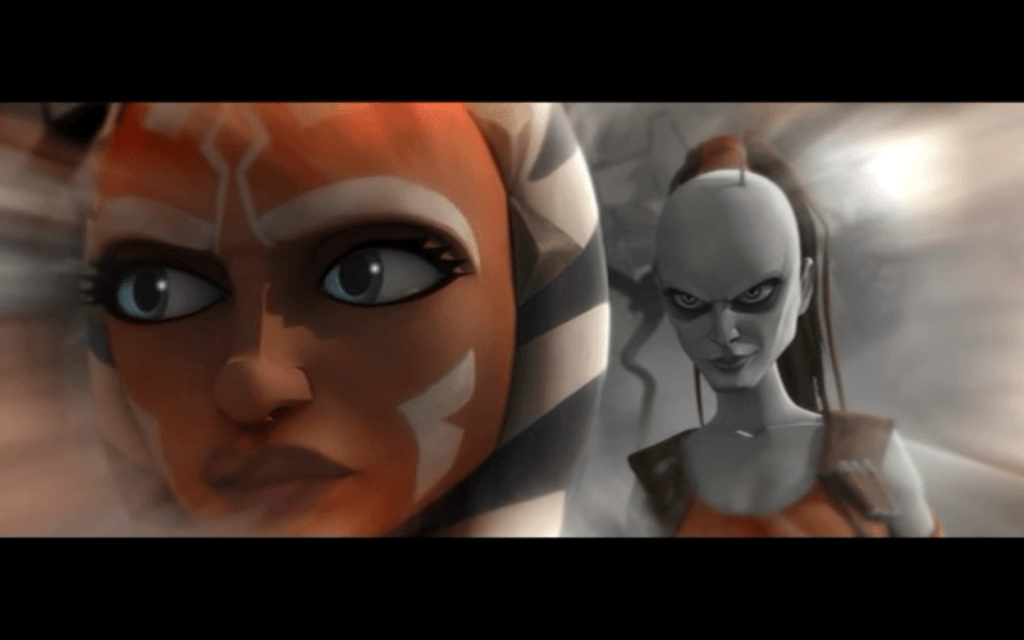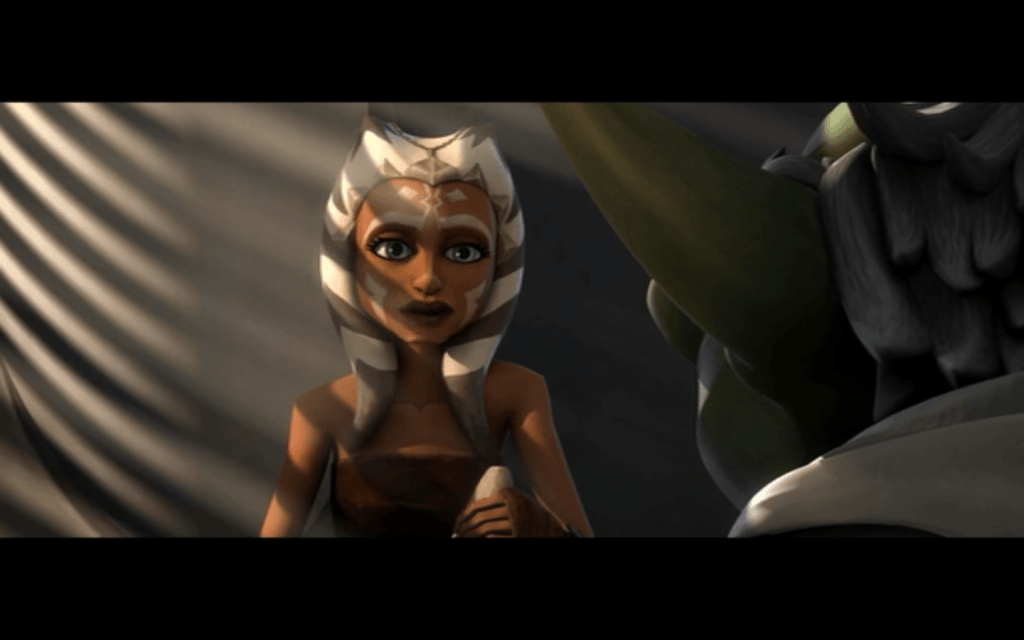Jedi Visions:
Mere Insights into the Future or Opportunities to Change Course?
In the most recent episode of Star Wars Rebels, “Vision of Hope”, Ezra Bridger has visions of fighting alongside Gall Trayvis, the self-styled “Senator in Exile” who has been the source of information (or misinformation) for the Ghost’s small band of rebels. Despite Kanan’s warning to refrain from taking the visions too literally, Ezra chooses to act upon his insights, hoping to meet and work with this man he idolizes as a celebrity among rebel insurgents.
The events that transpire during this episode of Rebels has caused speculation among fans about whether acting on visions is encouraged among the Jedi. (Check out RebelForce Radio’s Star Wars Rebels: Declassified episode from 4 February 2015 for their discussion about Jedi visions.) Citing Yoda’s advice to both Skywalkers in the movies, it has been asserted that using Jedi visions as a guide for action is frowned upon by the Jedi Order.
From the perspective of the movies’ initial release order, our introduction to acting upon Jedi visions is during Luke’s training on Dagobah in The Empire Strikes Back. While balancing in a handstand and levitating cargo crates and R2-D2 through the Force, Luke experiences a vision of Han and Leia suffering at Cloud City. When Luke prepares to rush to their rescue, Yoda issues a warning: “Decide, you must, how to serve them best. If you leave now, help them, you could, but you will destroy all for which they have fought and suffered.”
Yoda, aware of the machinations and deceptions of the Dark Side, tries to persuade Luke to choose his path based on wisdom and discretion instead of emotion and attachment. He beseeches him to continue his training instead of hurrying away to confront unknown threats unprepared. Obi-Wan weighs in on the discussion, warning Luke that temptation awaits him if he leaves before he is fully trained. Adamantly, the two Jedi Masters, Luke’s mentors, sternly attempt to steer him from acting rashly as he is spurred on by his visions of his friends’ pain. Some see this as a possible judgment against acting upon Jedi visions of the future.
In other instances, more blatantly foreboding in its decrying reliance on Jedi visions to govern one’s actions, are Anakin’s visions of his mother’s pain on Tatooine and later of Padme’s death in Attack of the Clones and Revenge of the Sith, respectively. Anakin’s nightmarish visions of his mother in peril causes him to leave his assigned post on Naboo in order to find and rescue Shmi from her Tusken captors. When he discovers her, nearly dead at the abusive hands of the sand people, he erupts in a wrathful rage against the Tusken encampment, slaying men, women, and children indiscriminately. Certainly, his willingness to allow himself to thoughtlessly follow his visions led to a growing darkness in his person — something that would manifest itself in the eventual rise of Darth Vader when he later acts on his visions of losing his wife during childbirth to the point that he betrays the Jedi Order and slaughters younglings in the temple in a vain attempt to save Padme’s life.
For those who remember these bleak examples of the dangers of allowing Jedi visions to dictate a course of action, it seems reasonable to assume that the Jedi are not only cautious when it comes to such premonitions, but even to rationalize that acting on those visions is forbidden in the Jedi Order.
That is, until we consider what was revealed in the third season of Star Wars: The Clone Wars…
 In Season 3 of The Clone Wars, Episode 7 “Assassin”, Ahsoka has visions of Aurra Sing threatening to assassinate someone. When she tells Yoda of her dreams, he informs her that she is having premonitions which can only be seen more clearly through meditation. In saying this, he encourages her to focus on the visions — to seek to understand what they are telling her. When she does so, she realizes that Senator Amidala is the one who is in danger of being assassinated. She brings news of her visions to the Senator, who insists on going ahead with her plans to go to Alderaan in spite of Ahsoka’s warning.
In Season 3 of The Clone Wars, Episode 7 “Assassin”, Ahsoka has visions of Aurra Sing threatening to assassinate someone. When she tells Yoda of her dreams, he informs her that she is having premonitions which can only be seen more clearly through meditation. In saying this, he encourages her to focus on the visions — to seek to understand what they are telling her. When she does so, she realizes that Senator Amidala is the one who is in danger of being assassinated. She brings news of her visions to the Senator, who insists on going ahead with her plans to go to Alderaan in spite of Ahsoka’s warning.
Determined to get a better understanding of what she has seen, Anakin’s padawan returns to her chambers in the Jedi Temple to continue her meditation, resulting in further confirmation that Senator Amidala’s life is in danger. When she tells Yoda of her concerns, Yoda responds with the familiar words, “always in motion is the future”. Similar to his direction to Luke many years later, he provides Ahsoka with a choice of whether to act upon what she has seen: “Choose you must, how to respond to your visions.”
As she accompanies Padme on her mission to Alderaan as additional security, she is plagued with uncertainty about her visions and how she should act upon them. Her dilemma is punctuated by a rash response to her vision that turned out to be either misunderstood or a possible variation of the future of which Yoda spoke. Yet, when she is convinced to act upon a vision a second time, she interrupts an assassination attempt by deflecting Aurra Sing’s shot sufficiently to save Amidala’s life.
Later, when Ahsoka realizes that the would-be assassin was about to make another attempt on the senator’s life, she prevents the second attack and enables the capture of Aurra Sing.
When Ahsoka and Senator Amidala return safely to Coruscant, Yoda congratulates Anakin’s padawan for her choice to act upon her visions in defense of the senator’s life, “Served you well, your visions have, young padawan.” He then encourages her to peer more deeply into the matter through her increased insight to discover more about the plot to assassinate the senator from Naboo. The additional details she provides brings about the confession of Ziro the Hutt who was already imprisoned on Coruscant.
Although Ezra’s visions in Star Wars Rebels “Vision of Hope” turned out to be misleading, it is not a blanket condemnation against using Jedi visions to determine an appropriate course of action — rather it is an admonition to beware of allowing emotions to cloud one’s insight and discipline oneself to spend time and thought in meditation in order to better interpret one’s visions. As Kanan teaches Ezra in the epilogue, “Visions are difficult, almost impossible to interpret,” Jedi visions do not forbid action, but are to be considered in view of the complexity of an ever-changing future.
Author: shazbazzar
Stuart Tullis (shazbazzar) has been enamored with Star Wars since first seeing it at the drive-in with his family. The original trilogy dominated his youth until the Dark Times removed the toys from the stores in the mid-eighties. Rediscovering Star Wars at Mississippi State University with a housemate’s copy of Heir to the Empire, he has enjoyed the saga through toys, games, costumes, cartoons, TV specials, and books. Currently, he preaches for the Honeysuckle Road church in Dothan, Alabama where he lives with his wife, daughter, and son — two of which are avid Star Wars fans as well (his wife happily tolerates their fandom with a wink and a nudge). He is an active band parent who is always thrilled to hear the music of John Williams played by high school bands on the field and in concert halls. He is the co-host of TechnoRetro Dads on RetroZap.com. Follow shazbazzar on Twitter.
